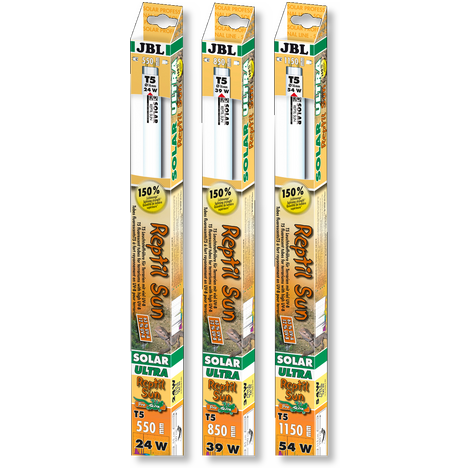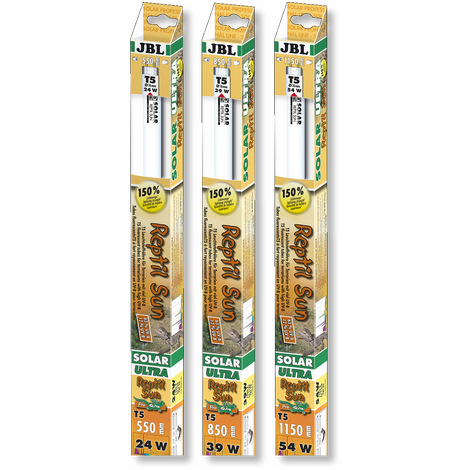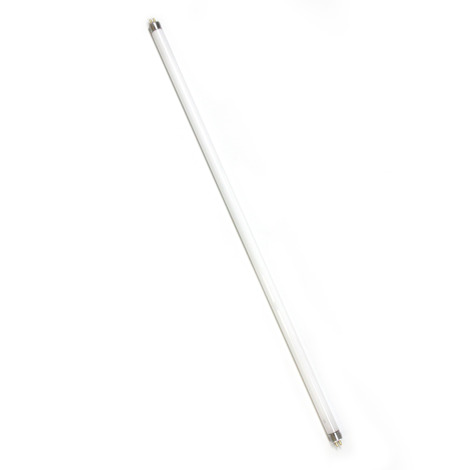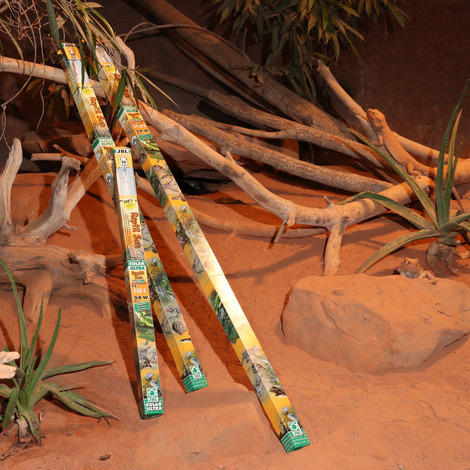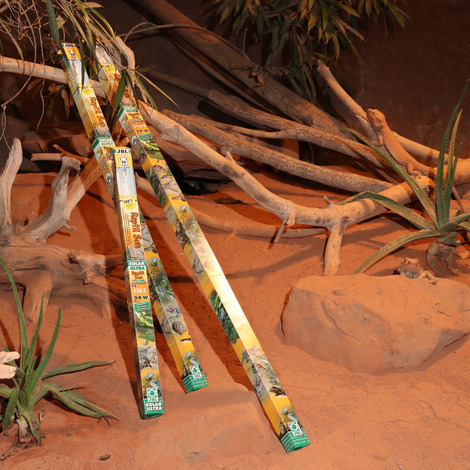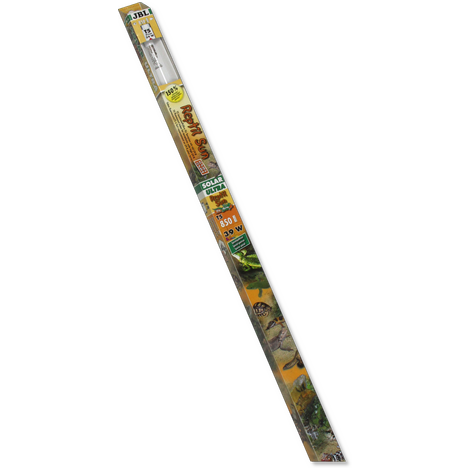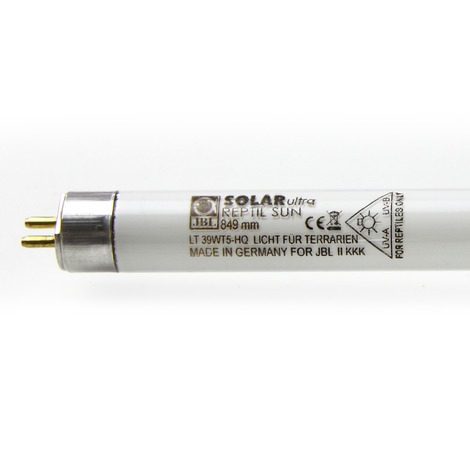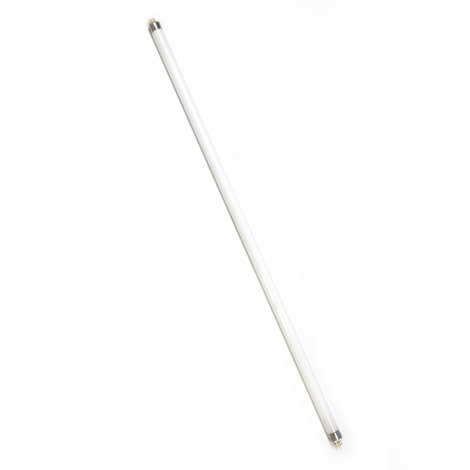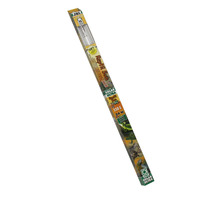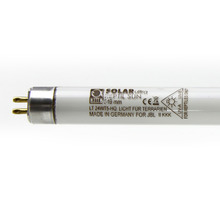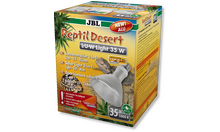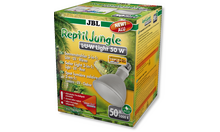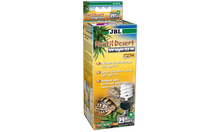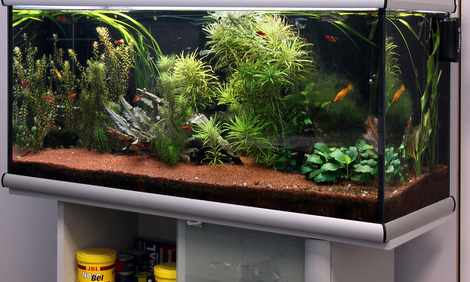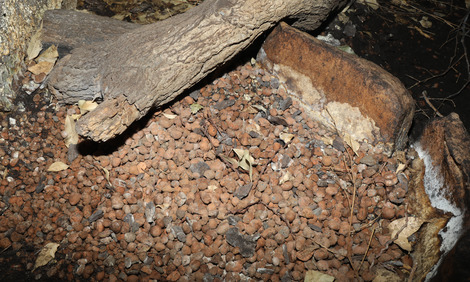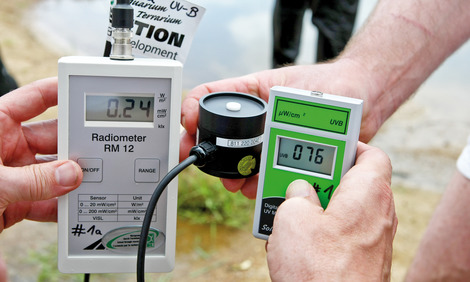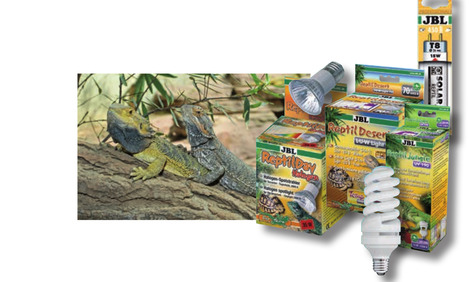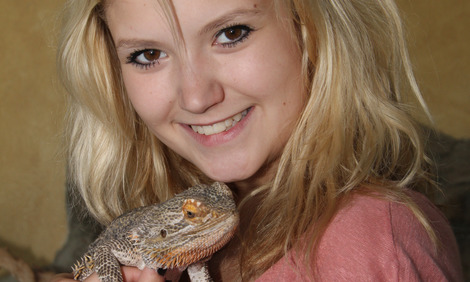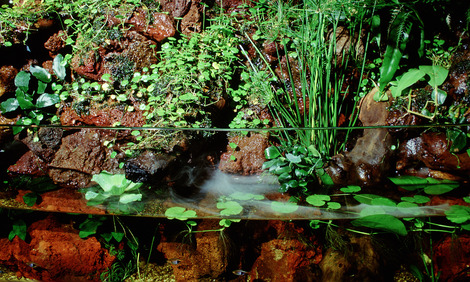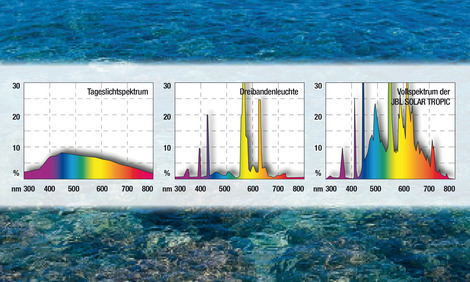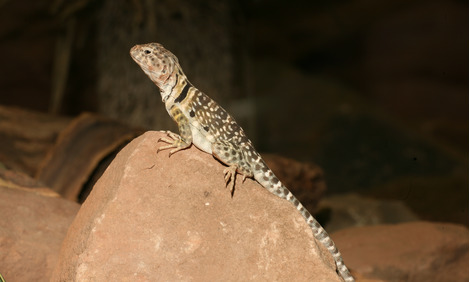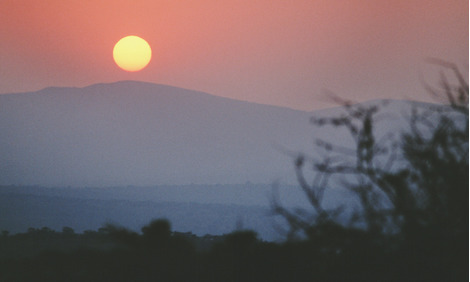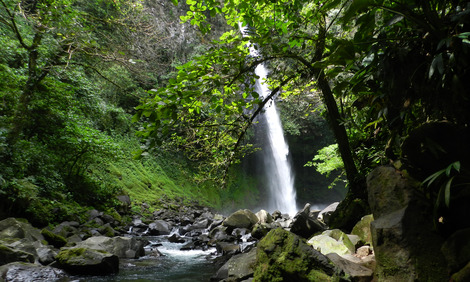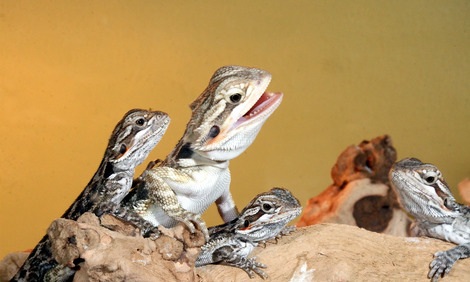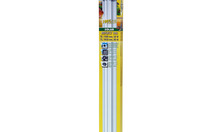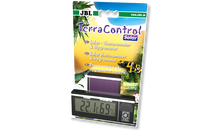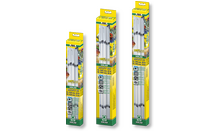Modelled on nature
Terrarium animals are cold-blooded animals, which are strongly dependent on light, especially on the quality and intensity of the light. Activity, food intake, digestion or rest phases are influenced by the change of day and night and the intensity of light. Depending on the light source, there are differences in output and quality of the light and heat development.
The right light for your terrarium
The terrarium light Solar Reptil Sun Ultra is especially well suited for desert animals (e.g. bearded dragons, spiny-tailed agamas) and animals, which are exposed to full sunlight in their natural habitat (e.g. turtles, chameleons).
Large UV output
63% UV-A promotes the activity, the appetite and the species-specific reproductive behaviour. The UV-B radiation of 12 % ensures an optimal calcium metabolism.
Which light for which animals?
Only a few of the general statements are right. It is true that desert animals, which are active during the day, are exposed to strong UV radiation. For rainforest animals this is more complicated: As long as the animals stay under the leafy canopy of the rainforest they will have no or just very low UV radiation requirements. But whenever the animals live in the leafy canopy or at the riverbanks, their UV requirements can increase to that of desert animals! Therefore it is important that you deal with the habitat AND the habits of the animals.
An example: The leopard gecko is a nocturnal desert dweller. But its activity period starts in the twilight when you can indeed measure some (slight) UV radiation. That’s why such animals also need to be supplied with light containing UV radiation (JBL SOLAR Reptil Sun) during their rest periods and with nightlight (JBL SOLAR OceanBlue) during their activity period.
JBL SOLAR REPTIL SUN ULTRA T5
Special T5 terrarium fluorescent tube for desert animals
- For all desert animals which are exposed to full sunlight in their natural habitat
- Light spectrum, adapted to the natural light conditions of diurnal desert animals
- High UV output: facilitates activity, appetite and species-specific reproductive behaviour with 63 % UV-A, ideal calcium metabolism thanks to 12 % UV-B
- Daily operation time 9-11 hours
- Colour rendering and full spectrum are guaranteed for 12 months. Includes reminder label for replacement
